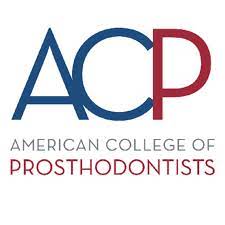Your body undergoes several changes as you age, and your mouth isn’t an exception. Disease, tooth loss, or the simple daily chewing and grinding actions cause your teeth to shift, leaving you uncomfortable with your smile and needing to see one of your go-to Coral Gables dentists.
Understanding what causes teeth to move is the first step in finding solutions to stabilize your smile, which is key as you age. In this article, we’ll cover those reasons, offer some signs to look out for, and explain why prompt action is crucial in these circumstances.
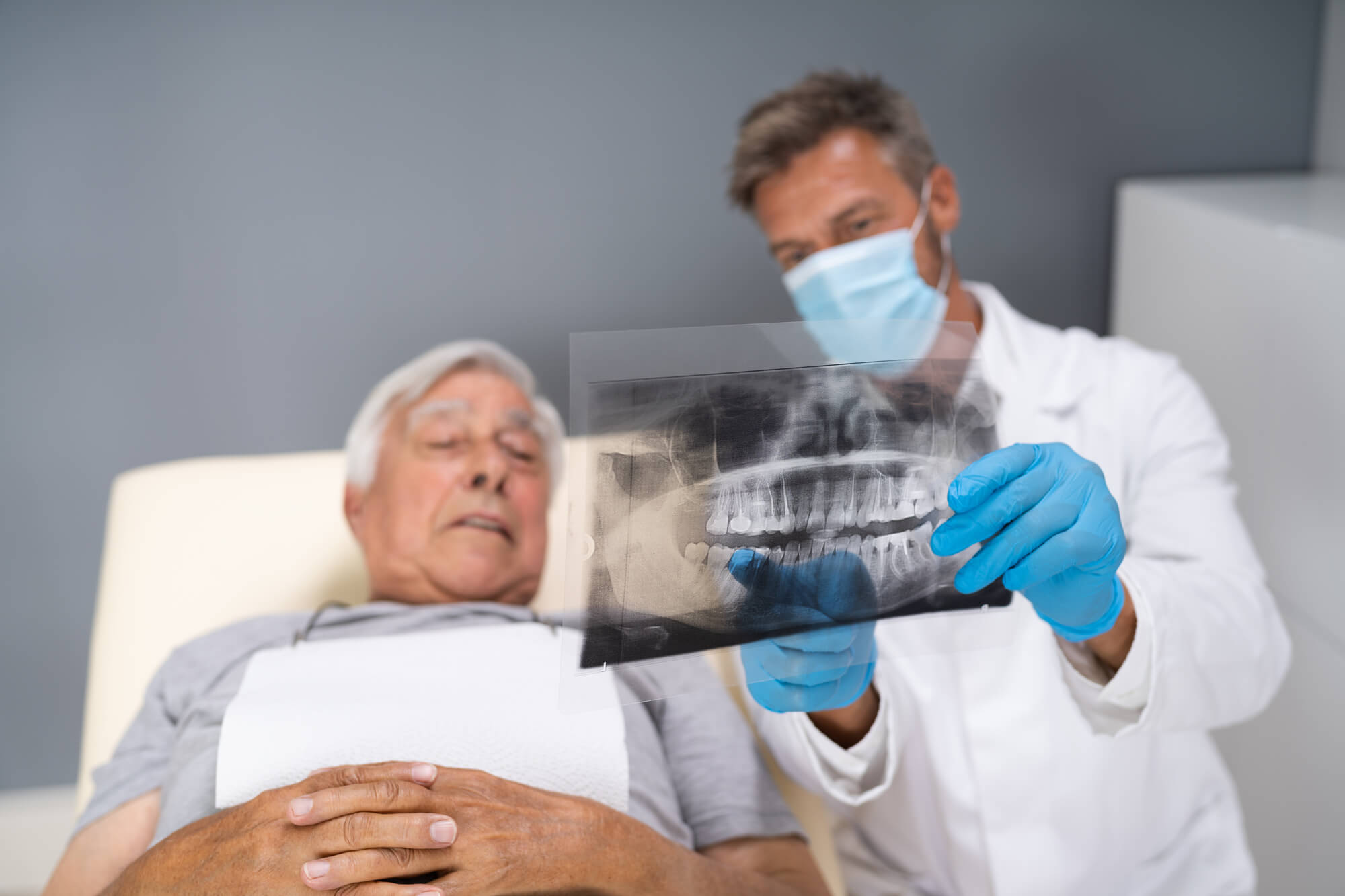
Although often overlooked, teeth move over time. Teeth shifting and changing positions as you age is a very common phenomenon. In fact, research indicates that over 75% of older adults will eventually deal with some degree of tooth movement and dental misalignment.
Your teeth may shift for a variety of reasons, and the condition usually gets worse over the years. Here are some of them:
Your jawbone serves as the strong framework that maintains the alignment of your teeth. Naturally, as you age, it gradually loses volume and density.
Because of this bone tissue erosion, teeth are not as strongly supported structurally, and as a result, they become looser and more prone to shifting. The main causes of jawbone density loss are:
Your gums play a critical role in maintaining your teeth firmly in place. Gums that are not as healthy can not adequately anchor your teeth, which can also have an impact on the bones underneath. Some of the reasons behind gum deterioration are:
As time goes by, you may lose teeth due to decay, periodontal disease, or injury.
In an attempt to fill in the spaces, the remaining teeth will progressively rotate, tilt, or drift toward those empty spaces, leading to crooked teeth and worsening your bite alignment.
If your upper and lower dental arches do not bite together symmetrically, your teeth will experience unequal chewing forces. This may eventually lead to some teeth-shifting positions.
Your bite alignment is changed by the abnormal pressures that result from years of chewing on your molars, which wear down their biting surfaces unevenly.
Furthermore, dental work like crowns and fillings slightly changes the size and shape of teeth, but not enough to cause a misalignment in your bite.
Certain lifestyle habits put an excessive and persistent strain on your teeth, which can lead to unwanted tooth movement:
Hormonal changes associated with pregnancy have been found to increase the likelihood of teeth shifting. Elevated progesterone and estrogen can alter bone density and gum health, which can allow teeth to move and complicate orthodontic treatment.
Additionally, during pregnancy, the mouth's ligaments and bones may momentarily relax, causing teeth to jiggle a little. Even though tooth loss is uncommon, it can result in misaligned bites and unintentional tooth movements.
This can be prevented with the prompt aid of a dental professional.
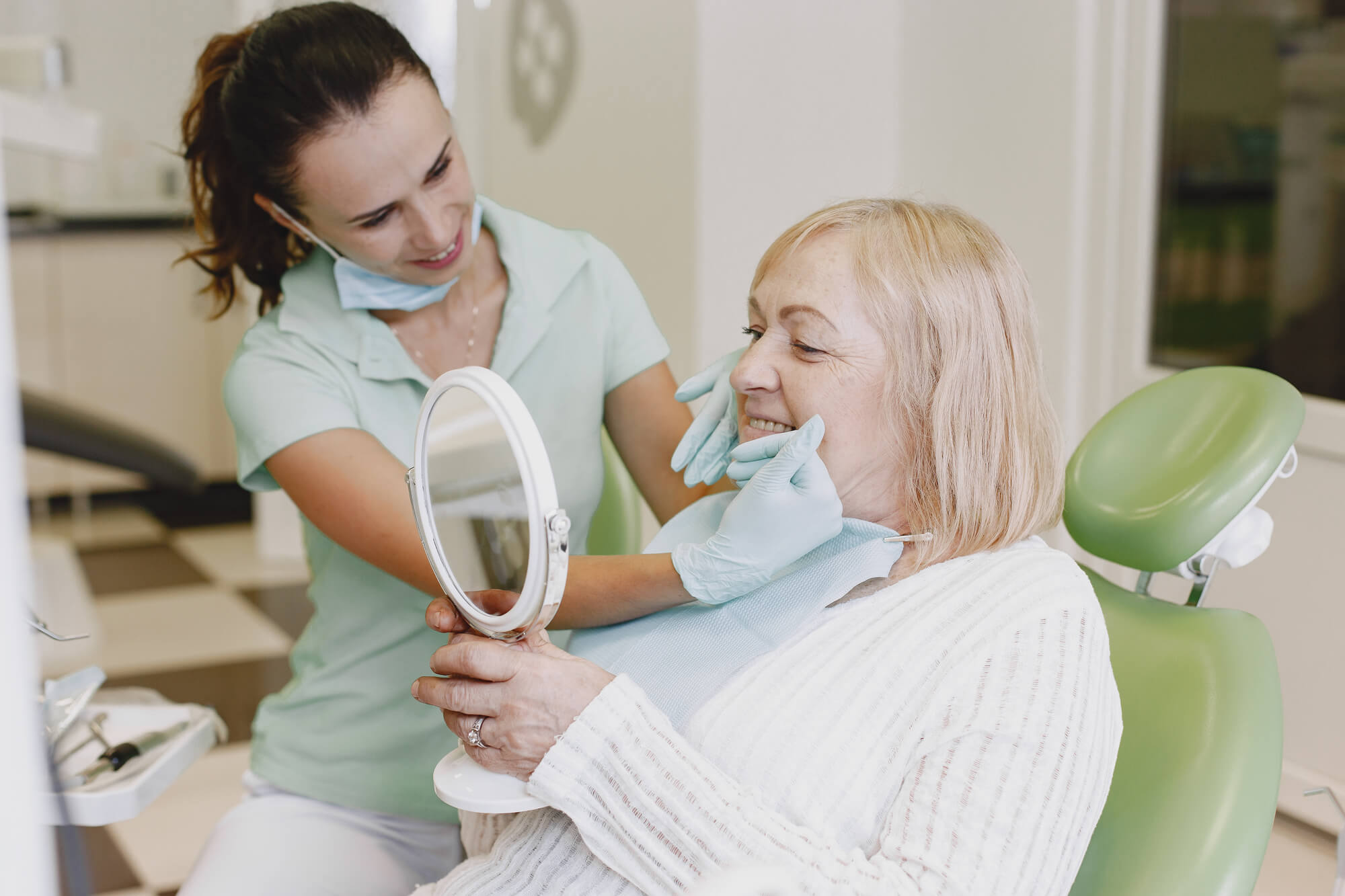
The precise amount of tooth movement that is deemed to be within "normal" bounds as you age is not precisely measured or established as a clinical threshold. Over time, most people do notice slight, gradual changes in the alignment of their bite:
According to studies, after the age of 20, the upper front incisor teeth tip an average of 0.36 millimeters inward. After age 20, the lower first molars may flare outward by an average of 0.12 mm.
The natural inward or outward creeping of teeth is usually well within normal limits and is not likely to cause significant issues on its own. In some cases, though, quickly worsening and severe misalignment can become a pathological issue that requires treatment.
Although tooth movement can start gently at an early age, it usually picks up speed and becomes obvious at these key life stages:
Nonetheless, tooth movement can occur at any age. While small shifts may occur gradually and over decades, if treatment is not received, they usually get worse over time.
To prevent severe teeth shifting, being able to identify its signs is key.
If your dentist intervenes with preventive care, you may be able to solve the problem before shifts become permanent. This is especially crucial if you’re experiencing bite problems or if a tooth is suddenly very loose, causing you difficulties eating or biting.
Besides getting routine dental exams, here are some factors to look out for:
If you notice any of these indicators and suspect you may be experiencing teeth shifting, let your dentist know right away! Don’t delay too long before addressing teeth that are noticeably moving.
Any suspected tooth movement can be confirmed by your dentist by:
After the movement has been verified, we can take several actions to go back on it, from adapting your current retainers to encouraging orthodontic treatments like clear aligners if the changes are too drastic.
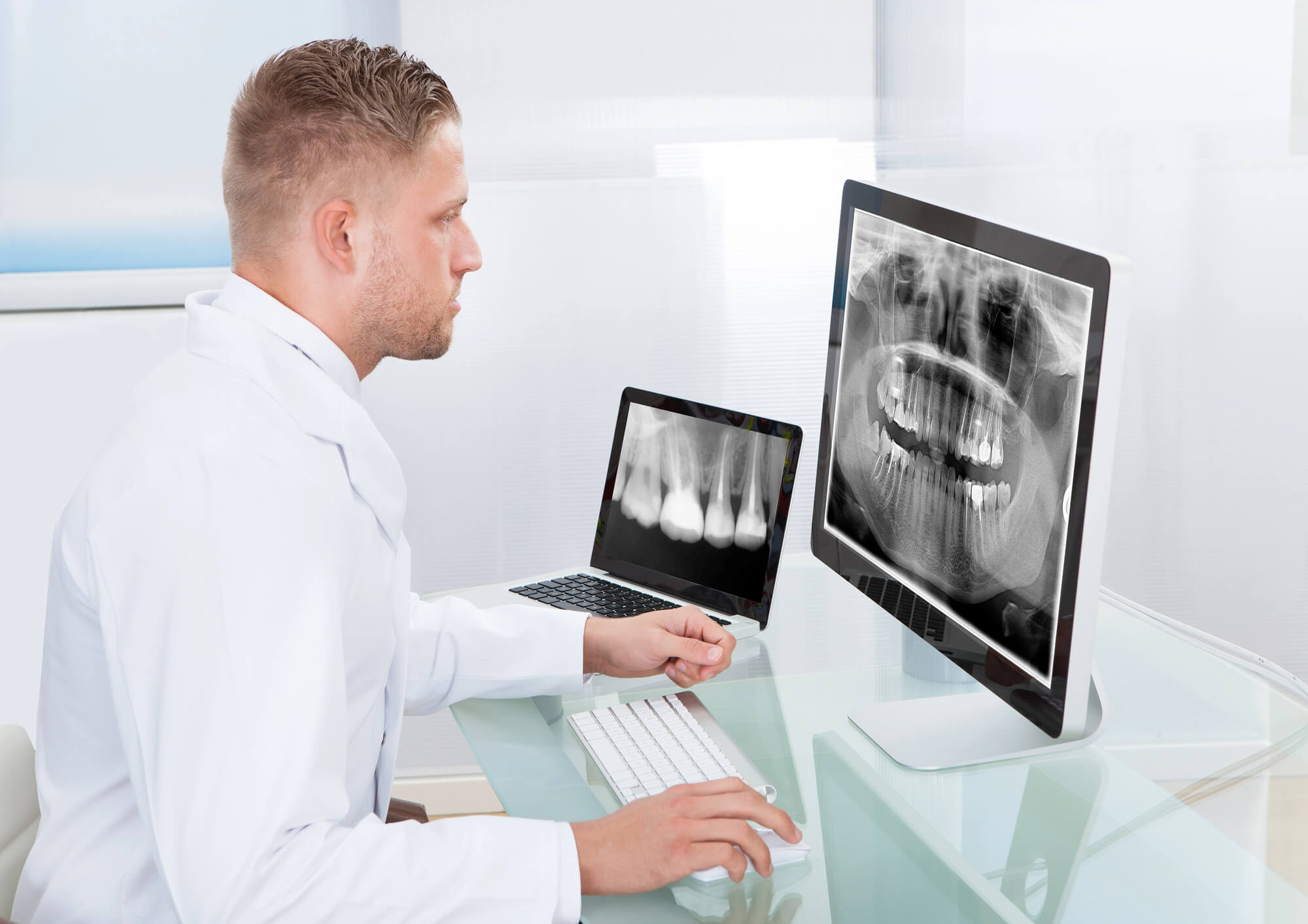
Most misalignment problems start after middle age. While not all tooth movement requires immediate treatment, reporting significant changes to your dentist will avoid complications and help you restore your smile to what you’re used to.
Reach out to Coral Gables Dentistry, and let’s gauge your situation in detail!
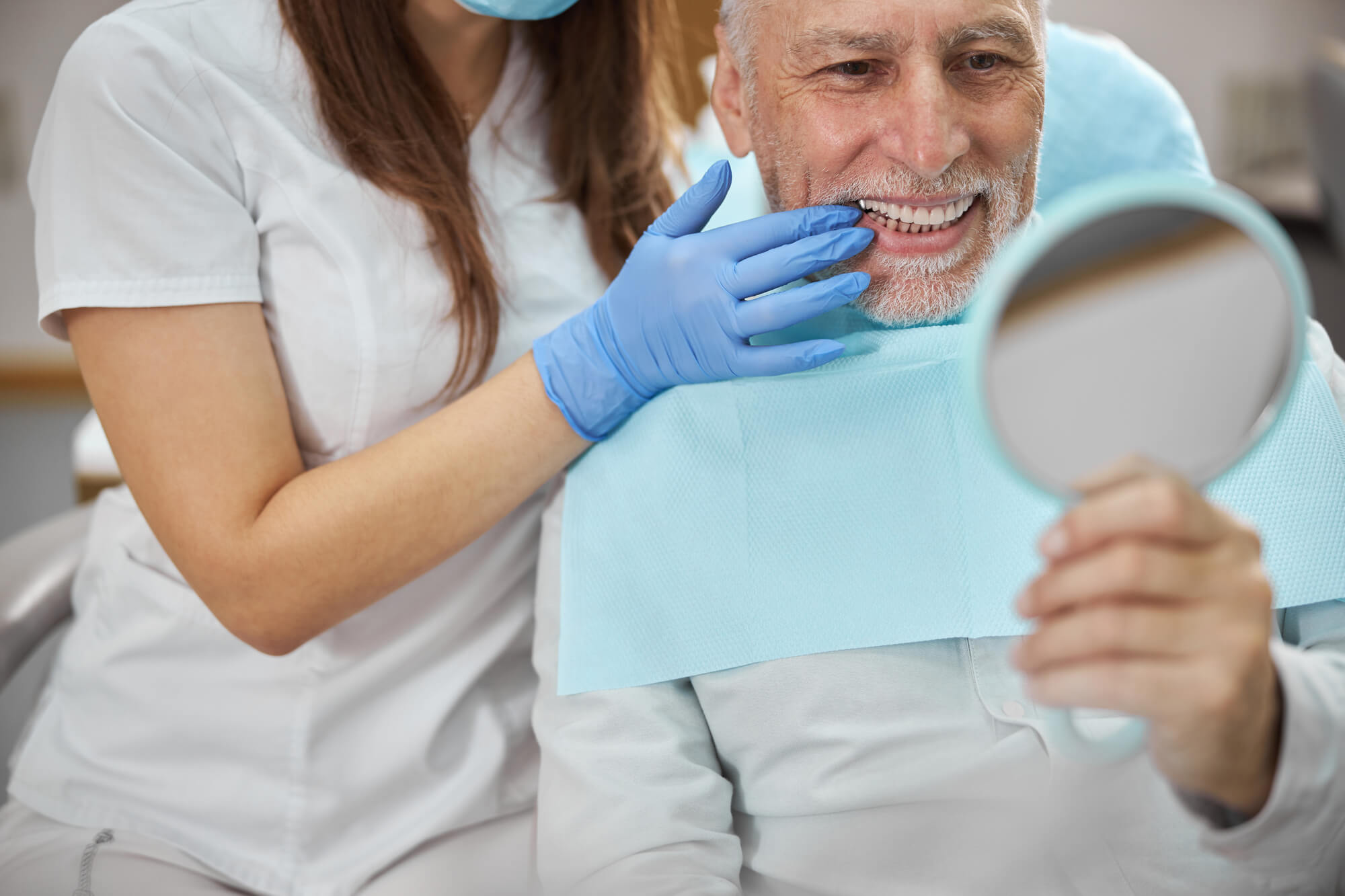
We value your time, so we always run on schedule, respecting your commitments, with no double bookings and minimal wait times. Experience dentistry like never before in our award-winning clinic.

